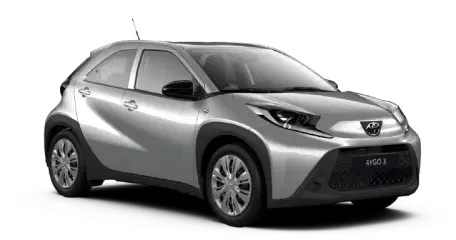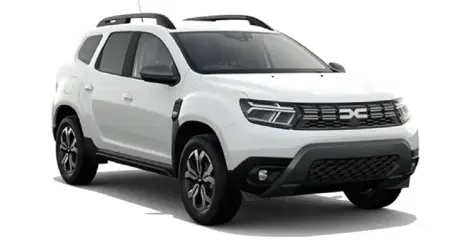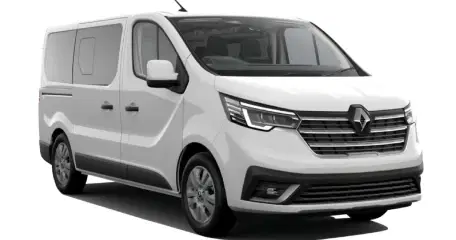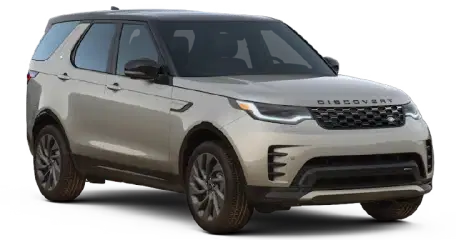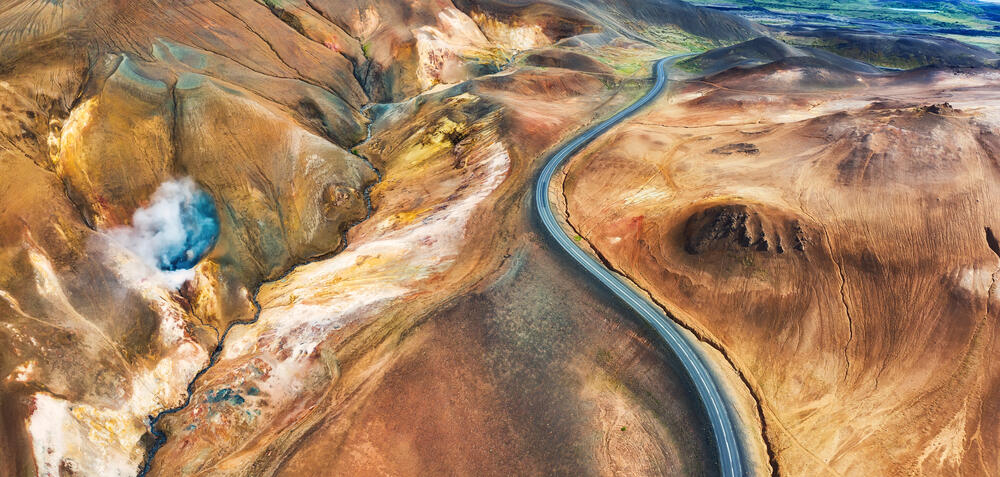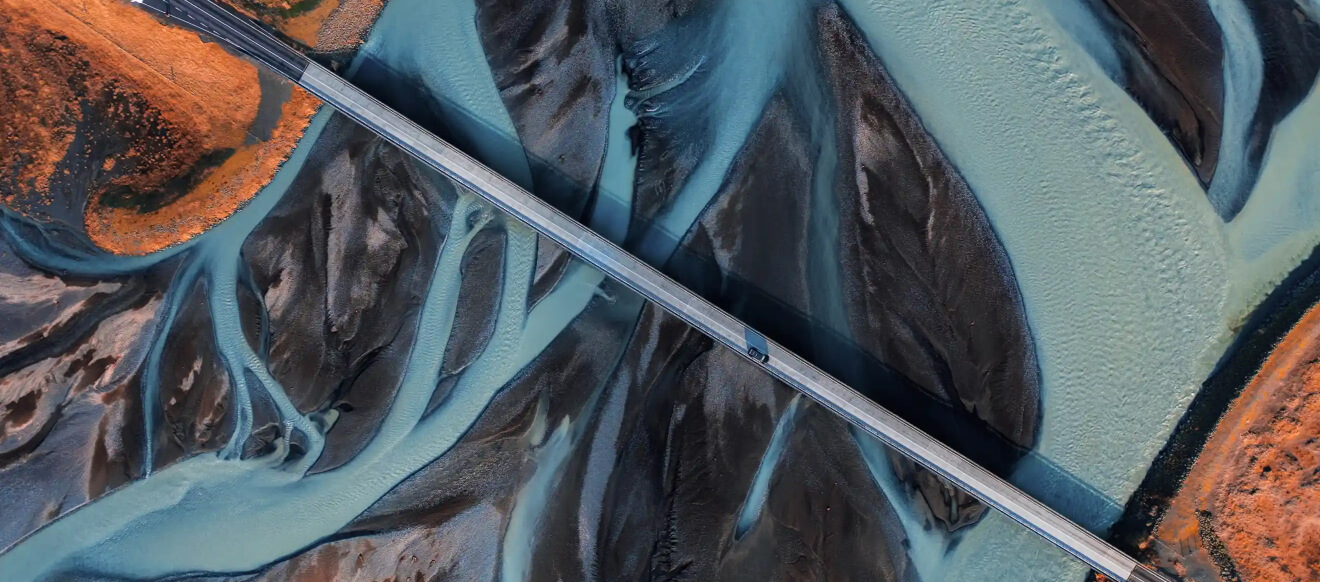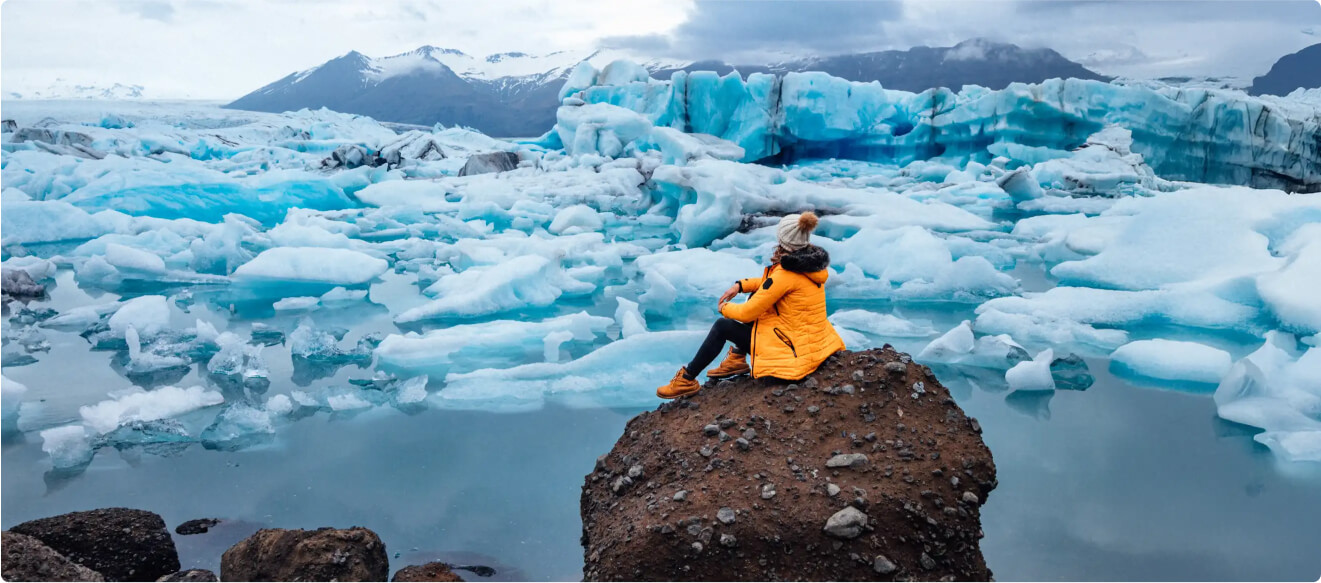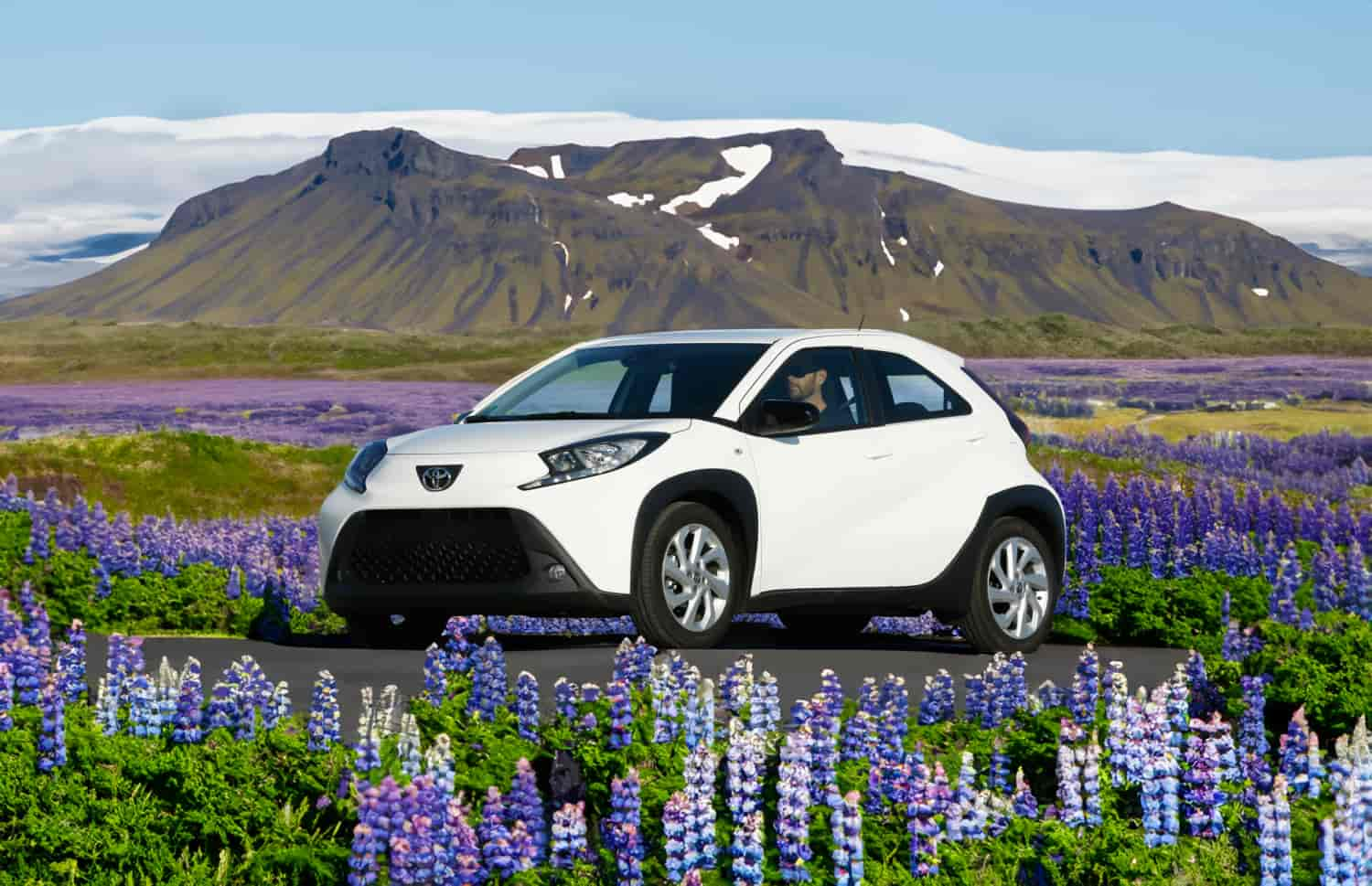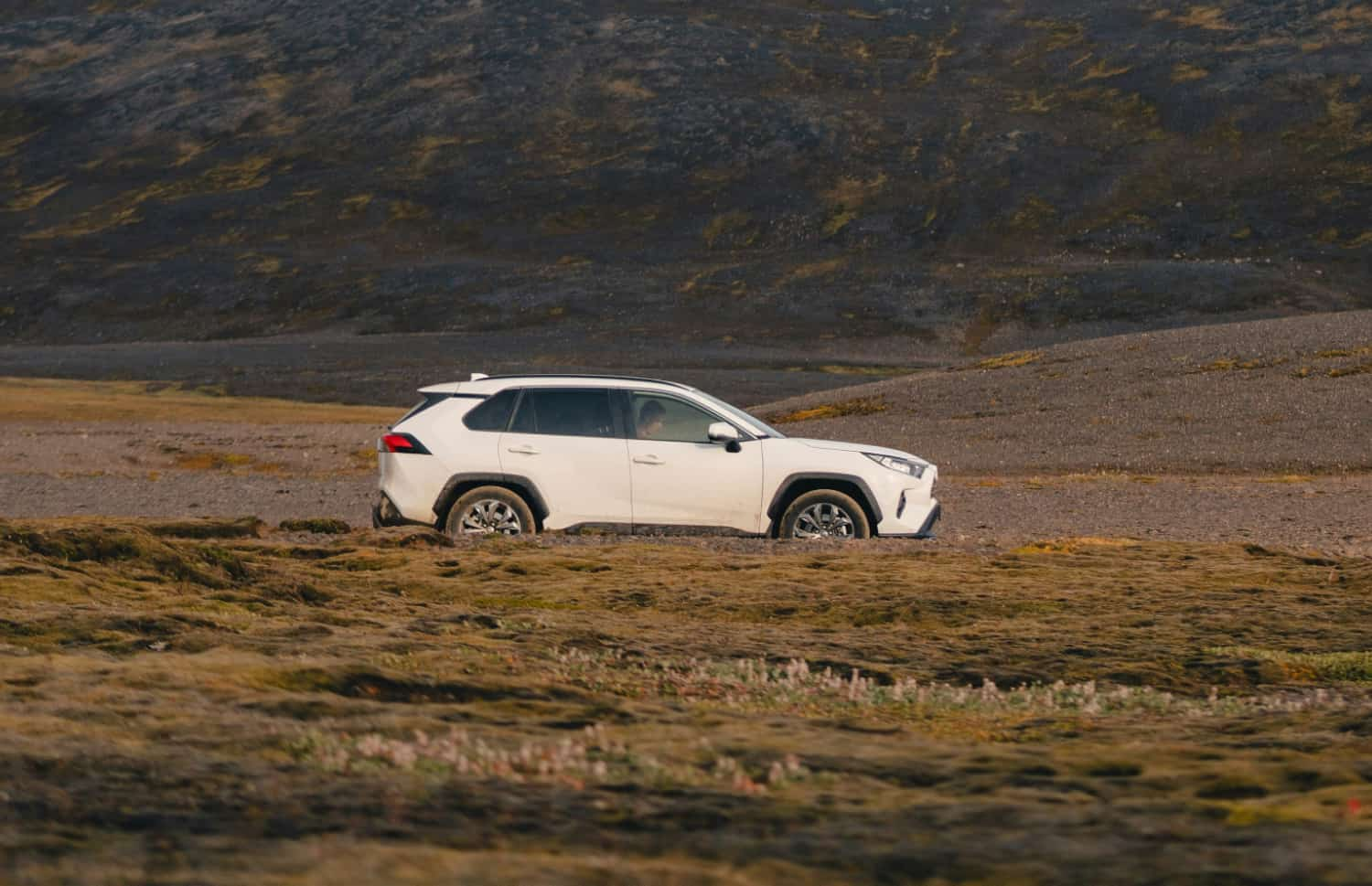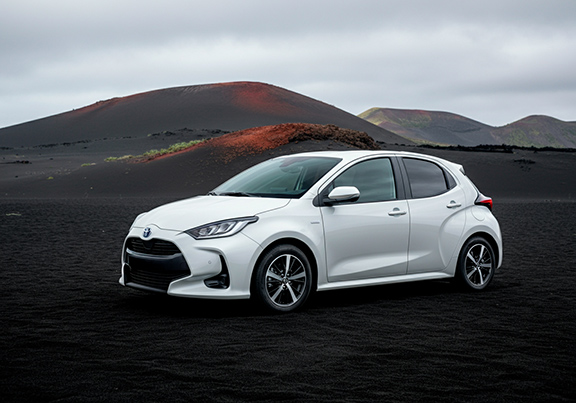We believe that driving in Iceland is the best way to explore the island. But Iceland driving may not be what you are used to back home. From road conditions in Iceland drastically varying between seasons, to roads that can only be accessed with a 4x4 vehicle. And, for some, even driving on the right side of the road – there’s plenty to know about before getting behind the wheel.
This article will serve as your ultimate guide to driving in Iceland, as we will be discussing all the above-mentioned (and more!) in great detail. So, let’s jump in!
Should You Drive in Iceland?
Just because you can, it doesn’t necessarily mean you should. The below will help you decide whether driving in Iceland is a good idea for you:
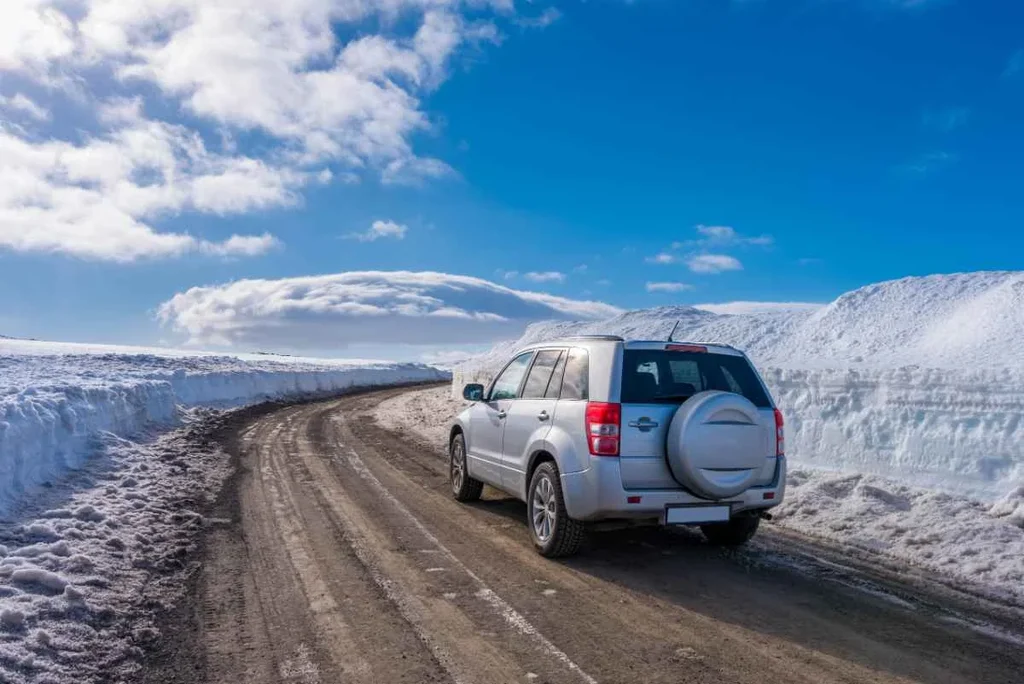
Do I Need a Car in Iceland?
Yes and no, depending on your situation. Iceland does have public transport in the form of buses and ferries, and you’ll also find plenty of airport transfer shuttles and taxis. But if you’re planning on properly exploring the island, the public transport system won’t work for you – especially not in the more remote regions.
The driving distances in Iceland between towns and attractions are simply too big for you to rely on public transport. It only runs a couple of times a day (and that’s in peak season!) So, booking a rental car in Iceland should be one of your top trip priorities. And if you’re planning a visit to the island during the busy Iceland summer months, we highly recommend that you book it well in advance.
Is it Easy to Drive in Iceland?
Driving in Iceland is easy (in theory). You might need a little time to get used to driving on the right side of the road if you come from places such as the UK or Australia. Luckily, that shouldn’t take too long. You may also have trouble adapting to our stringent speed limits of between 50 – 90 km/h if you’re used to cruising down the highway at 120 km/h.
If you don’t really have any 4x4 driving experience, the rough and tougher roads, especially the F-roads in Iceland, can be a bit nerve-wracking. Fortunately, these roads don’t truly form part of any main routes.
So, those who end up driving the F-roads made a specific plan to do so beforehand. Where the real trouble with driving in Iceland comes in is driving in Iceland in winter. But more on that a little later as this topic will need an entire section of its own.
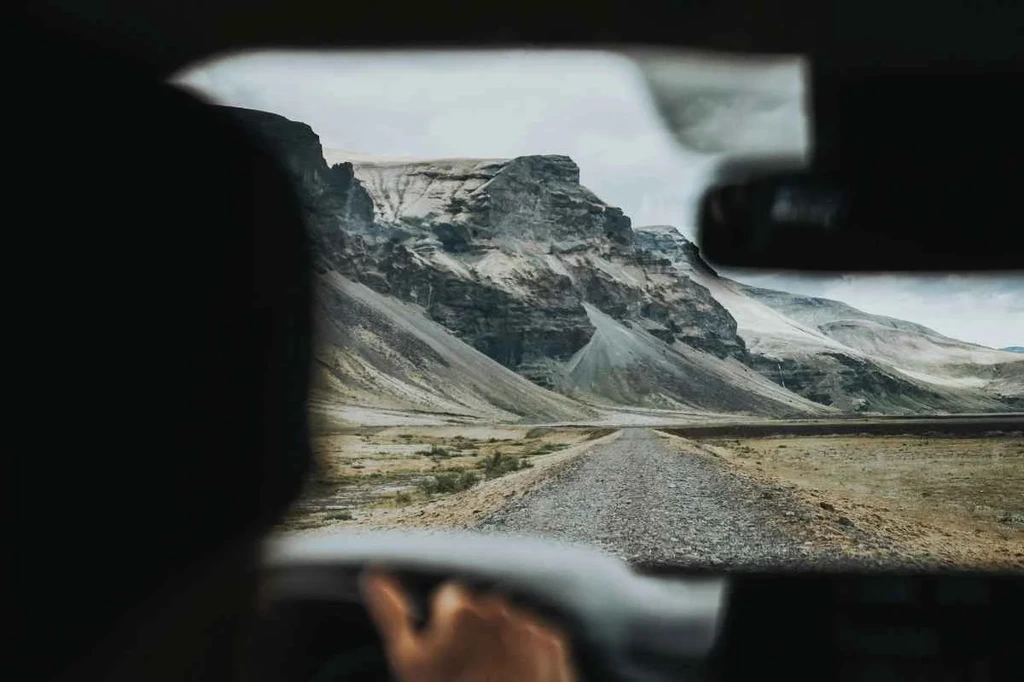
Pros and Cons of Driving in Iceland
As with most things in life, there are always pros and cons. And it’s helpful to know what these are when making a decision. We hope this quick overview will help:
Pros
- It gives you independence. You won’t need to rely on lifts, whenever public transport runs or when there is a guided tour.
- It gives you full control. If you would like to see XYZ of the Golden Circle, you don’t need to settle for the guided tour that’s only focused on XY.
- It gives you flexibility. If you want to soak in the hot spring for a little longer, you can. If the waterfall isn’t all you thought it would be and want to leave earlier, you can. You’re not reliant on a tour guide, and you don’t have to wait for Mary and Sam who want to snap another 3000 photos.
- It’s more economical. The only affordable transport option available on the island is the public transport system. And these are not that common when you start moving out of the cities (don’t expect the London Underground and bus system here – we don’t even have trains).
That usually leaves you with the guided day or multi-day tours, which get very expensive, really fast. Having your own transport will always be cheaper (unless you want to just stay in and around the city, of course).
Cons
- You’ll need to do your homework. As we already mentioned, there are certain roads in Iceland that can only be accessed via 4x4. Not discussing your route with your rental agency and then pitching up at an F-road with your little Kia Picanto is not going to end well. Plus, you’re going to have a lot of explaining to do with the rental agency as well as the insurance company.
- You’ll really need to plan your gas stops properly. This is especially true for the more remote regions where gas stations are few and far between. If you miss a fill-up opportunity in a region where there are not many gas stations, you’ll end up stranded next to the road. And remember, towing usually comes as an add-on insurance.
- Driving in Iceland during the winter months can be a challenge if you’re not used to driving in that kind of weather.
Iceland Road Rules, Conditions & Speed Limits
The Ring Road, also known as Route 1, is Iceland’s main highway, spanning 1,332 km (828 miles). It connects the major towns and cities and is mostly paved, with some sections featuring single-lane bridges or narrower stretches.
Driving in Iceland comes with its unique set of challenges, largely due to the unpredictable and often harsh weather conditions. During the off-season, frequent rainfall and freezing temperatures result in icy roads, sleet, snow, and freezing rain, making driving particularly tricky. Even in summer months like June, July, or August, travelers may encounter rain and the occasional unexpected snowstorm.
To add to the complexity, volcanic ash and sand in the air can create muddy and slippery road conditions. And then there’s the wind—one of Iceland’s most surprising hurdles. Strong gusts, sometimes powerful enough to push vehicles off the road, can make steering difficult.
Whether you’re driving through slush or battling gusty winds, staying alert and prepared is key to navigating Iceland’s dramatic landscapes. Keep a close eye on the Iceland weather forecast and the Iceland road conditions. This way you won’t drive into a nasty surprise.
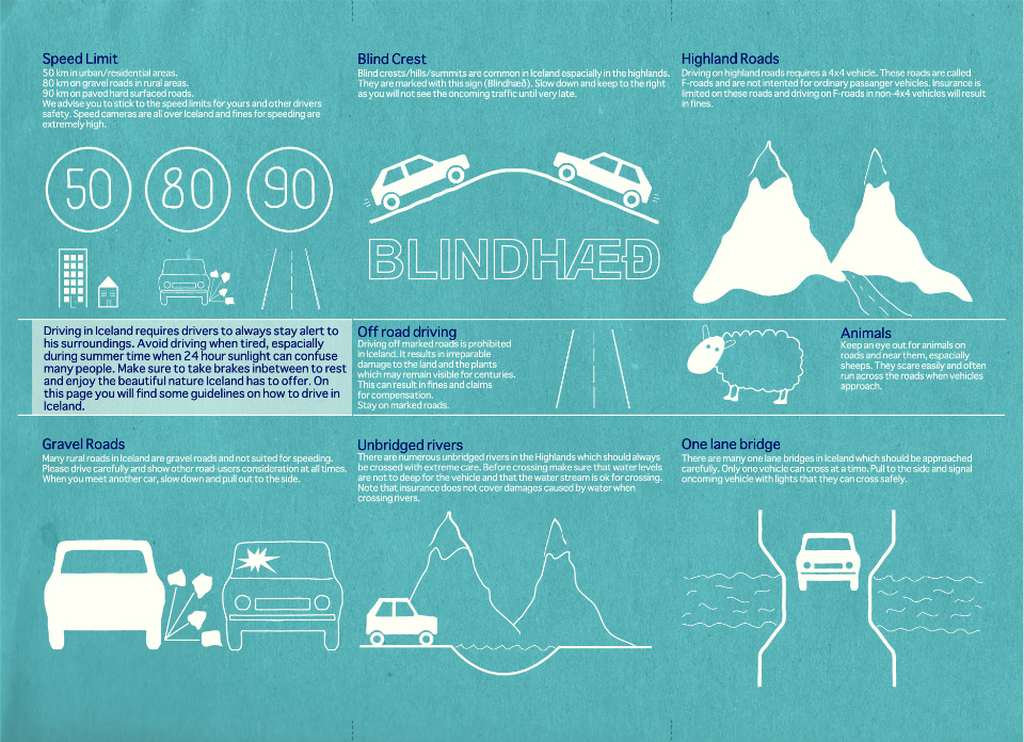
Driving in Iceland in Winter: Safety Tips & Essentials
As promised, we’ll be diving into a bit more detail here regarding driving in Iceland in winter. The Iceland roads during the wintertime can be challenging, to say the least. You will be competing against quite harsh weather elements. Such as those legendary Iceland winds that can literally rip a car door off its hinges!
There’s the risk of getting stuck in the snow. Or sliding on icy patches on the road. And that’s only if you manage to get the car started in the cold in the first place! You’ll also find that certain roads/routes in Iceland close during the colder months every year. Irrespective of other sudden road closures due to weather conditions.
When one takes all of the above into account, it’s understandable that it’s wise to have a chat with one’s rental agency beforehand. You'll be able to discuss your proposed route and what gadgets and accessories you will need (from snow tires to snow scrapers, etc.). And, of course, to know which they can provide. They will also be able to assist with any add-on insurance policies that are relevant to the colder seasons on the island.
Understanding Iceland’s Road Types
There are different types of roads you’ll encounter driving in Iceland. They are the following:
Paved Roads
Most of the main roads in Iceland are well-maintained paved roads. These roads are very easy to drive and usually remain open all year round (although this will always remain subject to weather conditions).
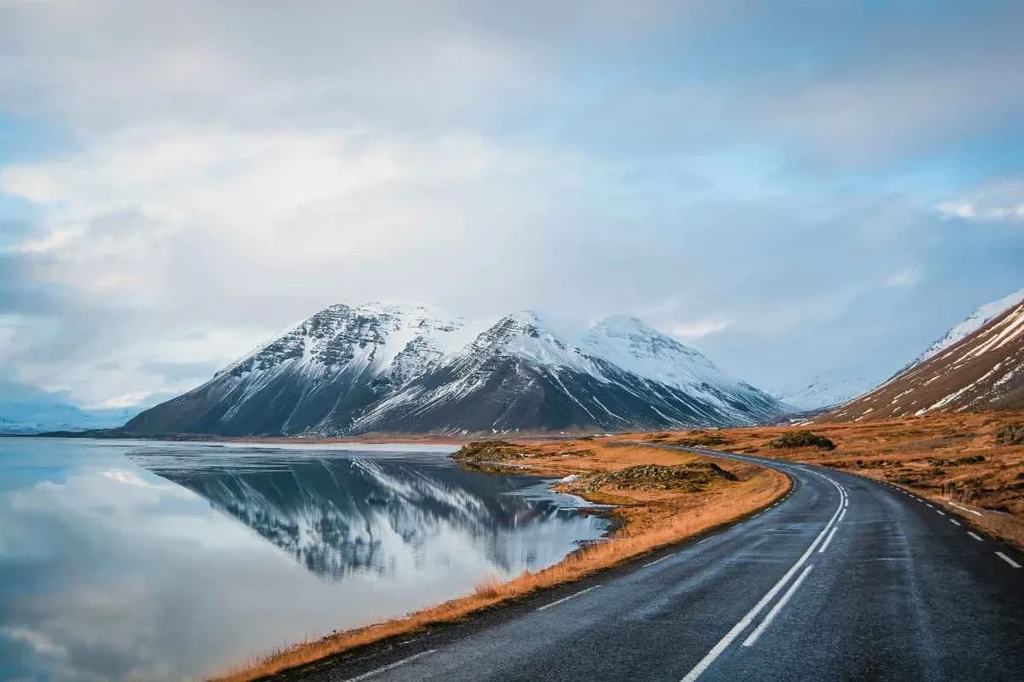
Gravel Roads
These gravel roads are usually a small part of one of the main routes or an entry road to one of the local attractions. Although they are gravel, they are in such a condition that you can still drive them with a 2-wheel drive vehicle.
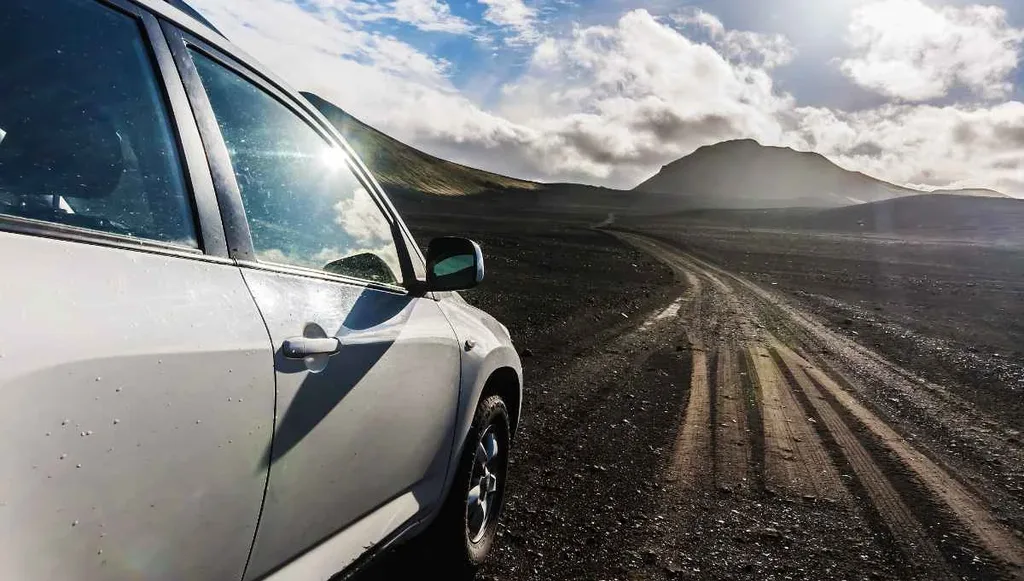
Highways
Firstly, an Iceland highway is probably not what you’re used to. No cars are speeding by with multiple lanes and so many off-ramps that your head is left spinning. In fact, in Iceland, the Ring Road 1 route (also a popular road trip route) is considered to be an Iceland highway. That's because it connects all the main cities and towns with each other.
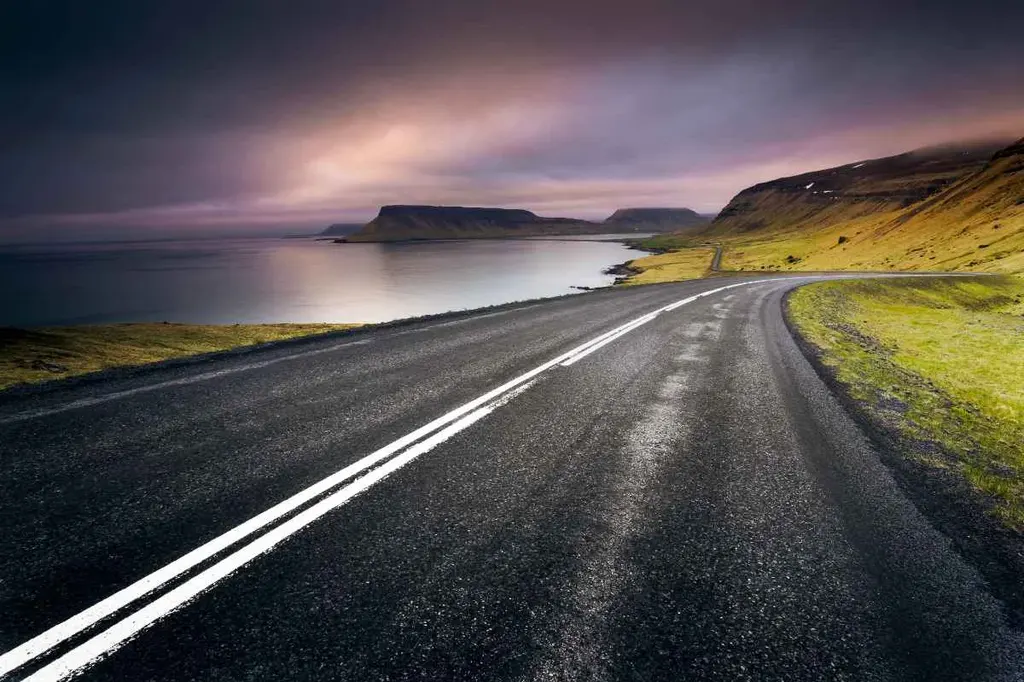
F-roads
As we already mentioned, the F-roads in Iceland are not for the faint of heart and can only be accessed with a 4x4 vehicle. If you’re using the right kind of Iceland road map, these should be clearly marked on it.
These special mountain roads are only open during the summer months, depending on road conditions. The Icelandic Roads and Coastal Administration monitors seasonal changes and determines when it is safe to open the roads to drivers each year.
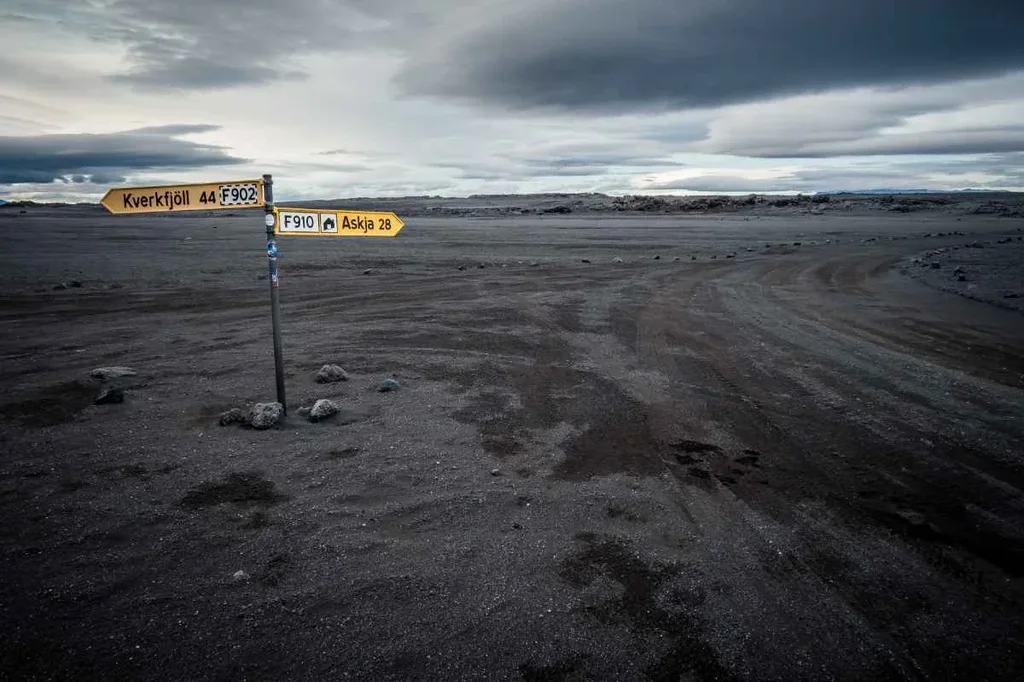
Driving Around Iceland
Driving around Iceland is a unique experience, that we believe few other places in the world can match. With so many cool activities and places to visit, picking the right itinerary will help you get the most out of your visit.
If you are planning a self-drive tour of Iceland, there are a few popular routes that we recommend: self-drive tour of Iceland there are a few popular routes that we recommend:
- The Ring Road (1322 km long)
- The Golden Circle (230 km long)
- The South Coast Way (320 km long)
- The Arctic Way (900 km long)
- The Westfjords Way (950 km long)
Please note that certain itineraries require a specific type of vehicle. The law actually prohibits visiting certain areas without a 4WD.
Do You Need a 4x4 to Drive in Iceland?
Picking the right car for your road trip is one of the most important decisions to make sure your holiday is a blast. The type of vehicle you’ll need for your self-drive tour will depend on your itinerary and budget. A 2-wheel drive vehicle should be suitable for most main roads/routes.
In winter, however, hiring a 4x4 is recommended in Iceland. If you are planning on roughing it and driving the F-roads, you should opt for a 4x4 vehicle regardless of what the season is. This is not advice: it is required, by law as the roads are typically dirt, or made of gravel.
If the idea is to go on a road trip, or you travel on a tight budget, renting a campervan can also be a good idea since it takes care of both your transport and accommodation. It also allows you to take advantage of campsites (a much more affordable island accommodation option).
Driving Regulations in Iceland
If this will be your first time driving in Iceland, there are a few things you should know. Especially regarding how to drive in Iceland or what the driving rules in Iceland are. While road signs in Iceland are usually very clear, make sure you come prepared to avoid unpleasant surprises.
Driving License Requirements in Iceland
In most cases, if you are planning to rent a car in Iceland, you don’t need to be too concerned about getting an international driver’s license.
For example, driving in Iceland with a US license is perfectly fine as long as you have the actual license with you. You will also not be allowed to rent a car in Iceland if you do not have a valid driver’s license with you.
To rent a car in Iceland, you’ll also need to be at least 20 years old, and you should have had your driver’s license for at least a year. As a general rule of thumb, when driving in Iceland, your license should always be kept close by.
Speed Limits in Iceland
When you’re in urban, populated areas, the speed limit will range between 30-50 km/h. If you’re traveling on rural gravel roads, the speed limit tends to be 80 km/h. And on the big, main, paved routes, the speed limit is 90 km/h.
Speeding fines in Iceland are usually more expensive than in other countries. So, make sure you always keep an eye out for the speed limit signs along the road. Icelanders do not look kindly on those who do not respect the rules of the road. And, depending on the policy of your rental agency, you might even incur in extra costs.
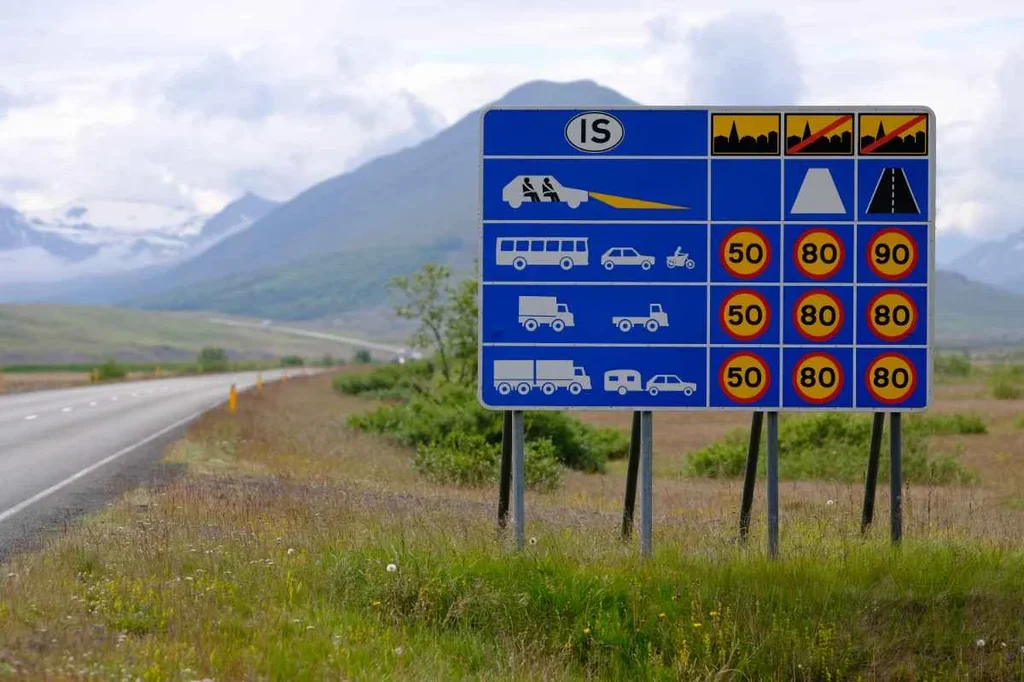
Off-road Driving in Iceland
Unless it’s specifically marked as an off-road adventure trail, there should be no off-road driving in Iceland. It is extremely illegal and there will be repercussions if you get caught.
There are two main reasons for keeping traffic on the marked roads. Firstly, it’s for your own safety (ask Ed Sheeran about burning his foot in a boiling-hot hot spring when he was veering off designated trails). Secondly, the Iceland ecosystem is extremely sensitive.
Especially in places where Icelandic moss grows (when damaged it can take decades to recover, if at all). This is also why the same off-roading rule applies to parking. You are not allowed to park alongside the road or any other place that is not clearly marked as a parking spot.
This should also answer the question of whether you can sleep in your car in Iceland. What you do in your car is your business, as long as it’s legal and done in a designated spot for whatever it is that you want to do.
Driving With Headlights in Iceland
This is another road rule in Iceland that some may find strange. Here you must drive with your headlights on at all times – it doesn’t matter whether it’s sunny, overcast, day or night.
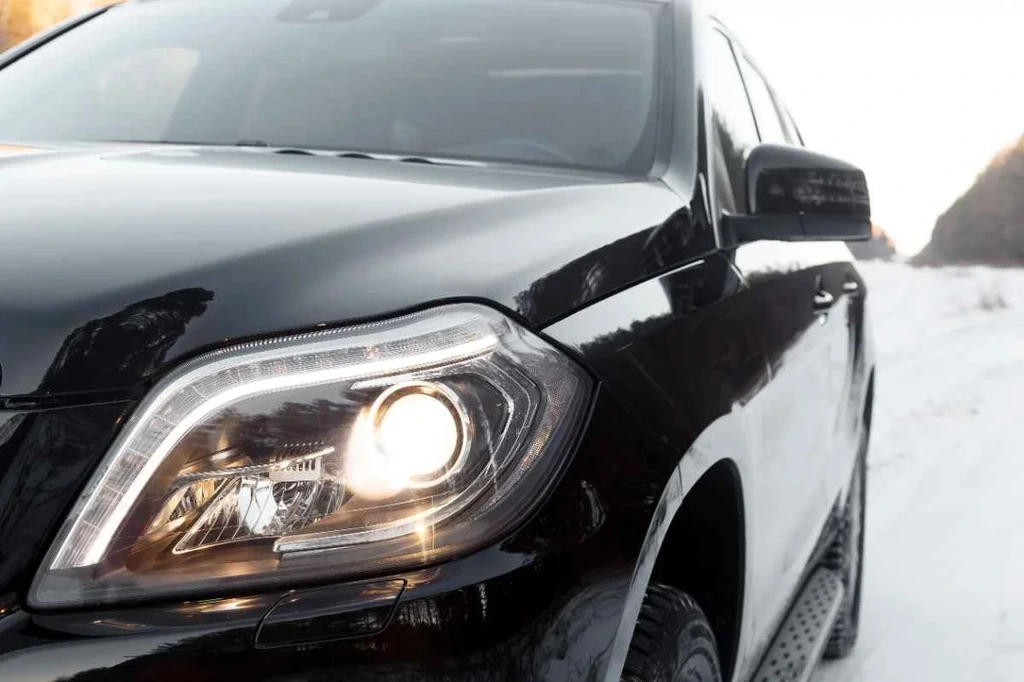
Seatbelt Laws in Iceland
The Iceland road rules state that every person in a vehicle must wear a seatbelt. If you (or anyone else in the car) is caught not wearing a seatbelt, you’ll also be subject to a pretty hefty fine.
Driving With a Cellphone in Iceland
As in most parts of the world, using a cellphone whilst driving is strictly prohibited. In Iceland, this can become tricky for those using their mobile as GPS or that have downloaded maps on their mobile phone.
To stay on the right side of the law, we suggest that you either print out hard copy maps. Study these in a designated parking spot if need be, or give someone else in the car the title of ‘navigator’.
Car Camping Restrictions in Iceland
Camping in your car is essentially parking… for an extended period of time. So, unless it’s in a clearly marked spot that allows for overnight parking, you’ll need to head to your nearest camping ground.
Tips for Renting a Car in Iceland
The following tips will help you when renting a car in Iceland:
- Have a proper discussion with your rental agency about the routes you are planning on taking. Even though some 4x4 roads are clearly marked as such, other roads are known as 4x4 roads mainly because of common local knowledge. You do not want to get in trouble with the rental agency or the insurance company because you took a chance on a road that clearly needed a different type of vehicle.
- Ask about extras. Which are important? Which are included? For example, many rental agencies don’t include a snow shovel or scraper (which is very essential when driving here during the winter). Some budget cars also don’t include a GPS. It’s important to talk about these things, so you end up with what you need.
- Remember to book your vehicle well in advance if you’re planning on visiting during the busy summer months. But this goes for absolutely everything (vehicle, accommodation, tickets to events, etc.)
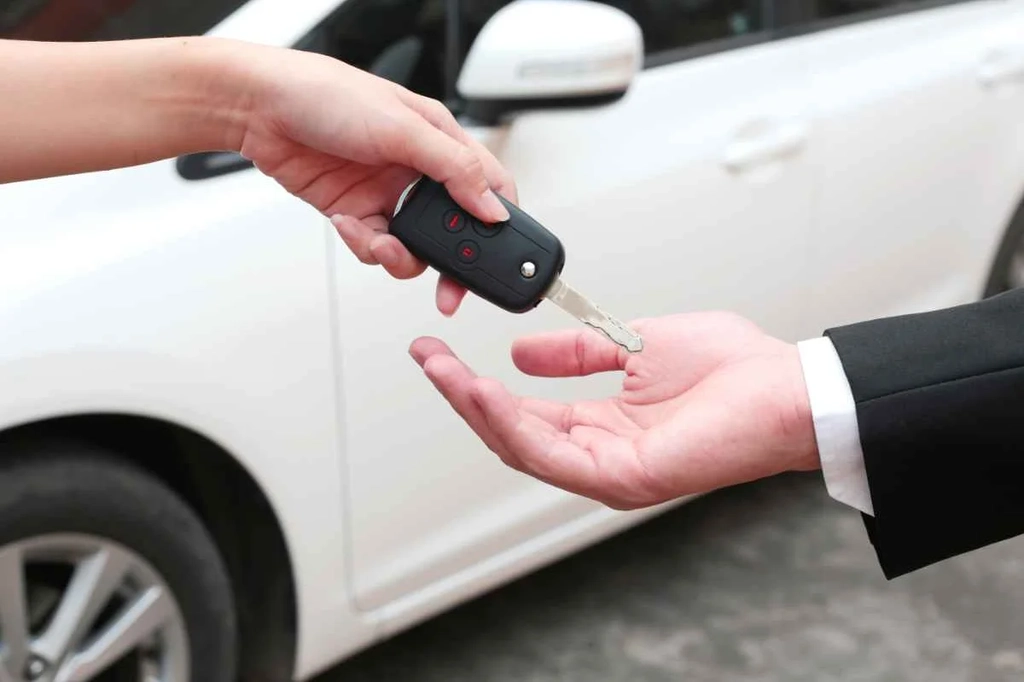
Car Rental Insurance in Iceland
Certain rental car insurance is mandatory in Iceland and is included in your rental price. But these can be adjusted in terms of excess amounts, insurance amounts, etc., so please discuss with your rental agency.
There are also certain add-on insurance policies that we consider must-haves here on the island. This is especially true during the colder months. Having Gravel Protection, Sand and Ash Protection, and either Collision Damage Waiver or Super Collision Damage Waiver will give you peace of mind, and your wallet will thank you.
Ask your rental agency for recommendations. Things such as towing insurance, wind, sand, or tire insurance are all things that need to be discussed in detail. This way, you’re not left with the bill when things go wrong.
Safe Driving Tips in Iceland
These are just a few general tips to ensure that you reach your destination safely:
- As with many other parts of the world, there will be times that technology fails you and signals drop (especially in the more remote parts). Download offline maps and have a few hard copies close by, so you don’t end up driving in the proverbial dark and end up getting lost.
- Always ensure that you plan your fill-ups properly, so you don’t end up stranded without petrol.
- Keep an eye out for Iceland wildlife. In certain parts of the country, it’s not strange to find horses, Icelandic sheep or other creatures crossing the road.
- Be careful when crossing rivers in Iceland. There’s a lot to take into account before just plunging in headlights first.
- Always keep an eye on the weather and road conditions.
- Always keep some extra snacks and water in the car during a road trip. Life happens, and it might just be that you end up waiting on the “rescue team”. You don’t know how long that may take, and the only thing that will make the waiting worse is waiting whilst you’re hungry and thirsty.
- Always remember what side of the road they drive on in Iceland. The Iceland driving side is the right side, and you don’t want to forget and find yourself playing chicken with the oncoming traffic.
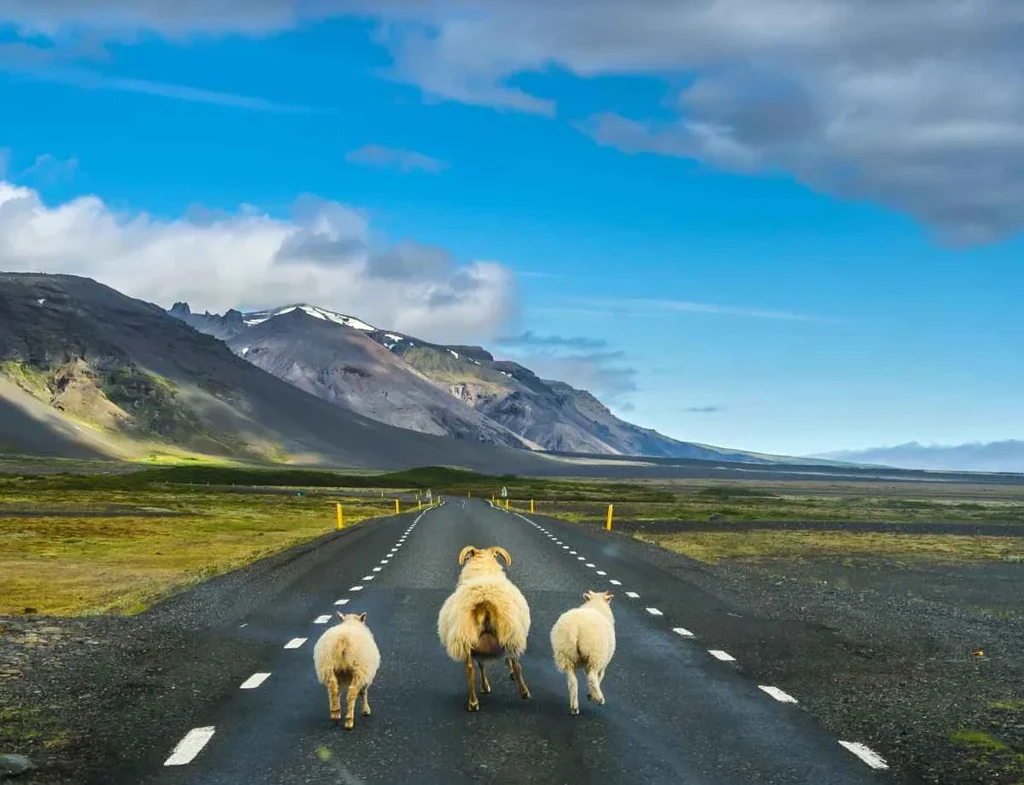
Okay, here's how you could incorporate the app recommendations into your guide, along with some example text:
Essential Apps for Driving in Iceland
Planning a road trip in Iceland? Beyond reliable offline maps, these mobile apps can be invaluable companions, enhancing your safety, convenience, and overall experience:
- 112 Iceland: This crucial app allows you to quickly send your location to emergency services if needed. It's a must-have for any traveler in Iceland.
- Vegagerðin (Icelandic Road and Coastal Administration): Stay up-to-date on real-time road conditions, weather forecasts, and potential closures. Essential for navigating Iceland's often-changing road conditions.
- SafeTravel Iceland: Receive alerts about road closures, weather warnings, and other safety information. This app helps you stay informed and prepared for any unexpected situations.
- EasyPark: Simplify parking payments in urban areas. No more fumbling for change!
- Waze/Google Maps: While you'll want offline maps, these apps can still be useful for real-time traffic updates, even in remote areas.
Encounters with Icelandic Wildlife
Iceland is home to a variety of wildlife, and while most animals are harmless, they can pose a danger on the road if proper precautions aren't taken. Sheep, reindeer, and other animals may cross the road unexpectedly, so it's important to be alert and know how to react.
Sheep
Sheep are a common sight in Iceland, especially during the summer months. Icelandic sheep can be found anywhere, even on main roads. Sheep tend to move unpredictably and may cross the road without warning.
Tips:
- Reduce your speed when you see sheep near the road.
- Keep a safe distance and don't try to overtake them if they're on the road.
- If a sheep is in your path, stop and wait for it to move.
Reindeer
Reindeer are more common in eastern Iceland. They often move in groups, so if you see one, there are likely more nearby. Reindeer can be large and cause significant damage to a vehicle in a collision.
Tips:
- Stay alert and drive at a moderate speed in areas where reindeer are known to be present.
- If you see a reindeer on the road, slow down and wait for it to pass.
- Don't try to approach reindeer, as they may be startled and react unpredictably.
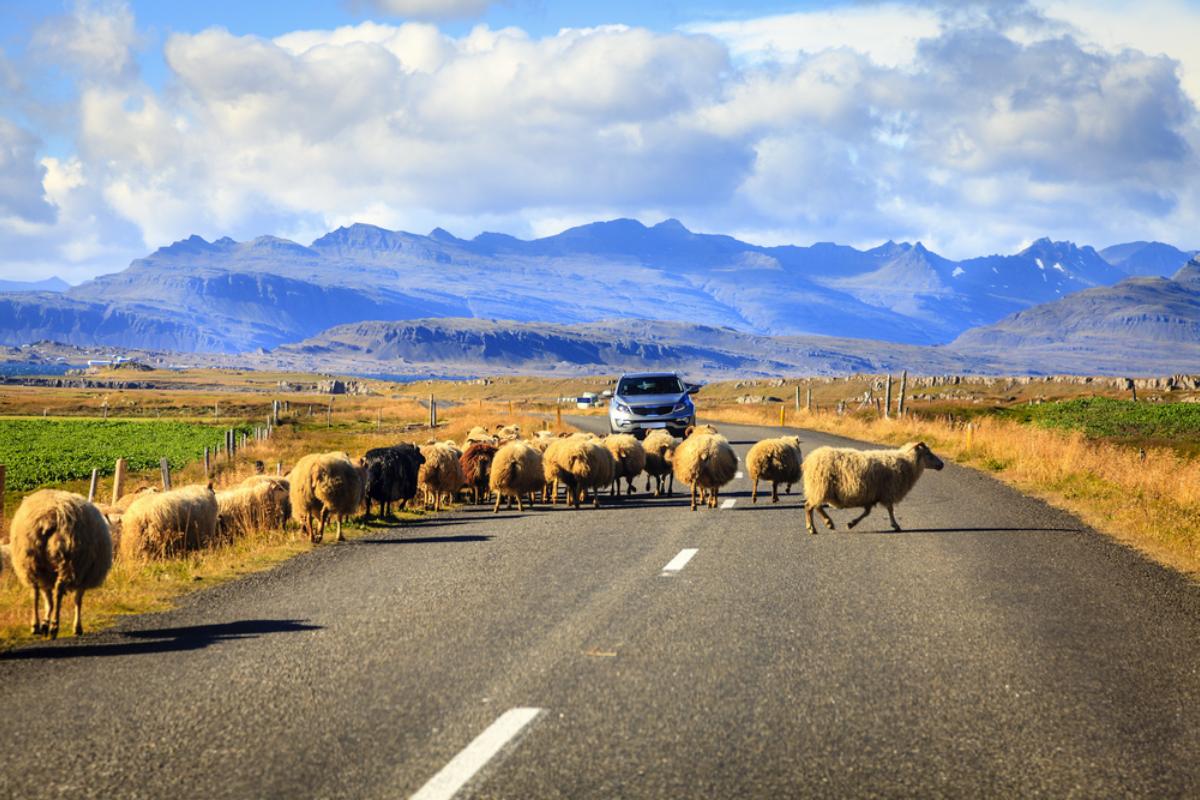
Emergency Numbers for Road Side Assistance in Iceland
You should always keep emergency numbers close by as well as save them on your phone. If you should have an emergency along the roadside, you should phone your rental agency immediately.
If the incident is due to a breakdown, accident, or any other event that has caused damage to the vehicle, you’ll need to let your insurance company know too. The general emergency number in Iceland is 112 (there’s even a 112 app you can use in case of emergency). This is our equation of 911, so you won’t be calling them if you’ve simply lost your way.
Emergency Essentials for Driving in Iceland
When driving in Iceland, it’s essential to be prepared for unexpected situations, especially in remote areas where help might take longer to arrive. Below are some must-have emergency essentials to keep in your vehicle:
Safety & Navigation Gear
- A fully charged mobile phone and a portable power bank.
- Offline GPS or physical maps in case of signal loss.
- A compass for basic navigation.
Vehicle & Road Safety Equipment
- Reflective safety vest & warning triangle (mandatory by law).
- Snow chains (if traveling in winter).
- Tow rope for potential roadside assistance.
- Ice scraper and snow shovel.
First Aid & Survival Kit
- First aid kit (bandages, antiseptics, painkillers, etc.).
- Thermal blankets and extra warm clothing (weather can change quickly).
- Non-perishable snacks & bottled water in case of long delays.
- Flashlight with extra batteries.
Fuel & Mechanical Essentials
- Spare tire and jack.
- Jumper cables for battery emergencies.
- Extra fuel canister (highly recommended for remote routes).
By keeping these emergency essentials in your car, you’ll be better prepared for any unexpected situations on the road. Iceland's unique terrain and unpredictable weather make it crucial to stay equipped and informed before setting off on your journey.
Gas Stations & Fuel Advice
We’ve already touched on gas and fuel throughout this article, but there are a few things that you’ll specifically need to know:
- All gas prices are not the same in Iceland. And if you ask your rental agency and the locals, they’ll be able to tell you exactly which gas stations are the preferred suppliers on the island. Asking is free, and it will help save you even more money.
- Don’t try to pay for gas with cash. The odds of it being accepted are next to nothing. You’ll also need to ensure that you have a credit card that works with a pin as this is the only type of card payment that will be accepted.
- If you want to save even more money, use only the self-service gas stations. Because they don’t have overheads such as employee salaries to worry about, their gas also tends to be much cheaper.
- Ask your rental agency about a gas chip. Rental agencies have all sorts of deals with local product and service suppliers and get a ton of vouchers and discounts to hand out to clients. The majority of the time, this includes a gas chip that allows you to get a discount when filling up, too.
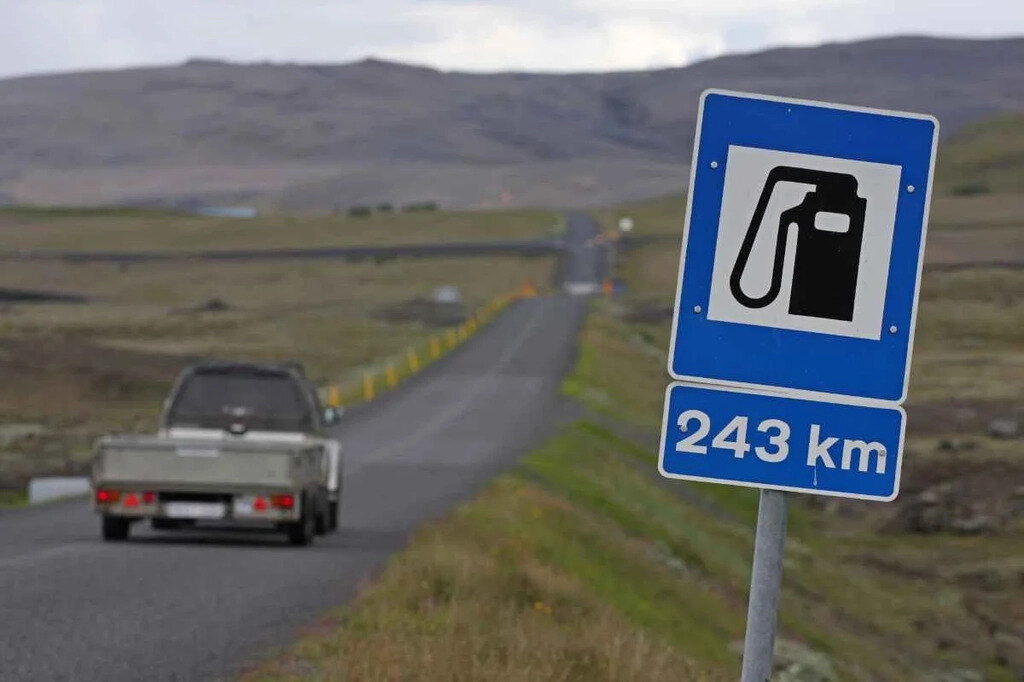
Driving in Iceland: a Piece of Cake
Armed with the knowledge in this guide, you should be able to decide when will be the best time for you to rent a car and start driving around Iceland. So, what are you waiting for? Plan that trip, book your flight, rent a car, and start your driving adventure!





